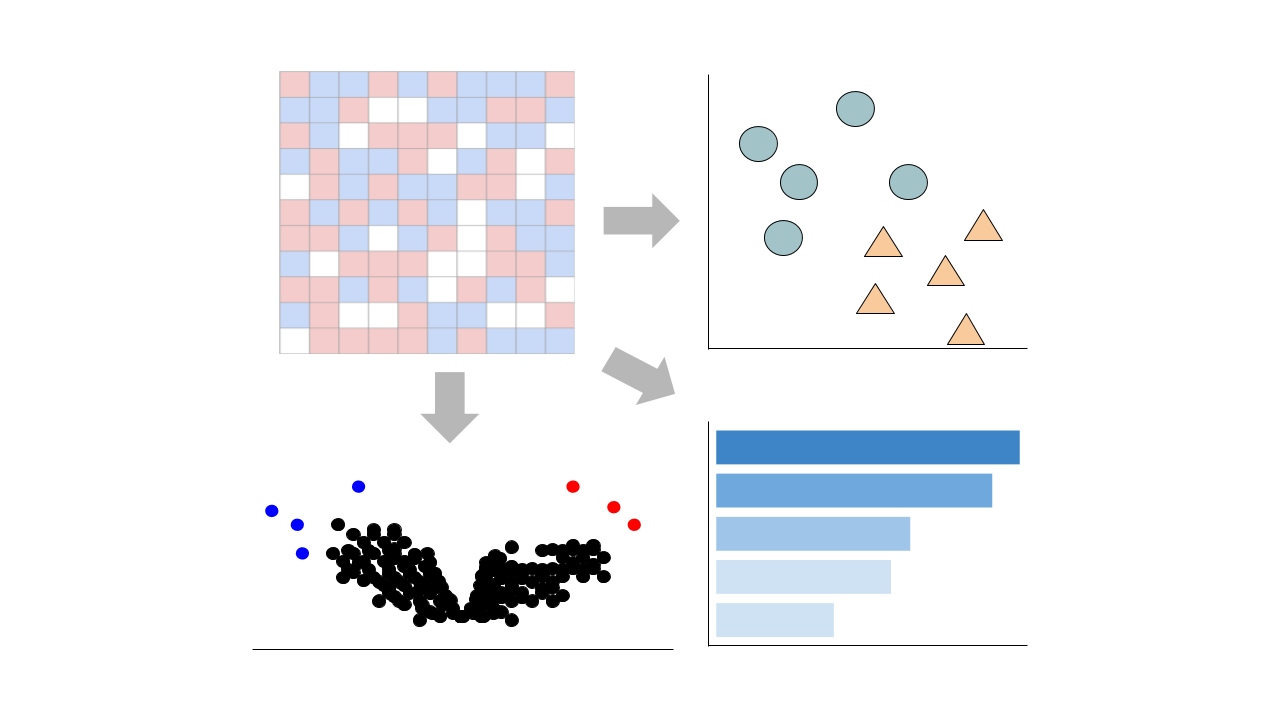Submission Date: Oct 09, 2020
Summary: The use of antiretroviral therapy (ART) as pre-exposure prophylaxis (PrEP) is an effective strategy for preventing HIV acquisition. The cellular consequences of PrEP exposure, however, have not been sufficiently explored to determine potential effects on health in individuals without HIV. Peripheral blood mononuclear cells (PBMCs) from people without HIV were exposed to tenofovir disoproxil fumarate (TDF) or emtricitabine (FTC) overnight. Mitochondrial mass and function were measured by flow cytometry and Agilent XFp analyzer. Monocyte-derived macrophages (MDMs) were differentiated in 20% autologous serum for 5 days in the presence or absence of TDF or FTC, and surface markers, lipid uptake, and efferocytosis were measured by flow cytometry. MDM gene expression was measured using RNAseq. Serum lipids were measured using mass spectrometry. PBMCs exposed to TDF or FTC had decreased maximal oxygen consumption rate (OCR) and reduced mitochondrial mass. Exposure to PrEP also increased reactive oxygen species (ROS) production from monocyte subsets. Compared to MDMs cultured in medium alone, cells differentiated in the presence of TDF (829 genes) or FTC (888) genes had significant changes in gene expression. Further, PrEP-exposed MDMs had decreased mitochondrial mass, and displayed increased lipid uptake and reduced efferocytosis. Plasma biomarkers and lipid levels were also altered in vivo in individuals receiving a PrEP regimen. Exposure of leukocytes to TDF or FTC resulted in decreased mitochondrial function, and altered functional and transcriptional profiles. These findings may have important implications for the metabolic and immunologic consequences of PrEP in populations at risk for HIV acquisition.
GEO Accession ID: GSE159339
PMID: No Pubmed ID
Select conditions below to toggle them from the plot:
| GROUP | CONDITION | SAMPLES |
|---|---|---|
| monocyte-derived macrophage |
GSM4826892 GSM4826895 GSM4826898 GSM4826901 GSM4826904
|
|
|
GSM4826894 GSM4826897 GSM4826900 GSM4826903 GSM4826906
|
||
|
GSM4826893 GSM4826896 GSM4826899 GSM4826902 GSM4826905
|
Submission Date: Oct 09, 2020
Summary: The use of antiretroviral therapy (ART) as pre-exposure prophylaxis (PrEP) is an effective strategy for preventing HIV acquisition. The cellular consequences of PrEP exposure, however, have not been sufficiently explored to determine potential effects on health in individuals without HIV. Peripheral blood mononuclear cells (PBMCs) from people without HIV were exposed to tenofovir disoproxil fumarate (TDF) or emtricitabine (FTC) overnight. Mitochondrial mass and function were measured by flow cytometry and Agilent XFp analyzer. Monocyte-derived macrophages (MDMs) were differentiated in 20% autologous serum for 5 days in the presence or absence of TDF or FTC, and surface markers, lipid uptake, and efferocytosis were measured by flow cytometry. MDM gene expression was measured using RNAseq. Serum lipids were measured using mass spectrometry. PBMCs exposed to TDF or FTC had decreased maximal oxygen consumption rate (OCR) and reduced mitochondrial mass. Exposure to PrEP also increased reactive oxygen species (ROS) production from monocyte subsets. Compared to MDMs cultured in medium alone, cells differentiated in the presence of TDF (829 genes) or FTC (888) genes had significant changes in gene expression. Further, PrEP-exposed MDMs had decreased mitochondrial mass, and displayed increased lipid uptake and reduced efferocytosis. Plasma biomarkers and lipid levels were also altered in vivo in individuals receiving a PrEP regimen. Exposure of leukocytes to TDF or FTC resulted in decreased mitochondrial function, and altered functional and transcriptional profiles. These findings may have important implications for the metabolic and immunologic consequences of PrEP in populations at risk for HIV acquisition.
GEO Accession ID: GSE159339
PMID: No Pubmed ID
Select conditions:
Control Condition
Perturbation Condition
This pipeline enables you to analyze and visualize your bulk RNA sequencing datasets with an array of downstream analysis and visualization tools. The pipeline includes: PCA analysis, Clustergrammer interactive heatmap, library size analysis, differential gene expression analysis, enrichment analysis, and L1000 small molecule search.
